Previous Post
Tips and News for 1099s
Next Post
Designating available cash with precision and intention is critical to the health of a business. Whether a company is enduring a cash shortfall or enjoying a season of plenty, the use of available cash can either advance the company or hinder its success.
We must be intentional with the funds available in a company. While a lack of funds demands that we become intentional with cash on hand, managing the discretionary funds (funds not designated for a specific purpose) is equally critical to protect the company’s cash flow needs. Once we realize that available cash has a designated purpose, we will no longer view it as discretionary funds to be spent on a whim.
In this article, I suggest a sequence for prioritizing cash that can help a company accomplish two objectives: 1) Maintain company operations while building a cash reserve. 2) Target the elimination of debt obligations.
The following sequence should be used to prioritize available cash:
Each number in the sequence is explained in more detail below.
By managing and prioritizing the cash flow in a healthy business, a business owner can provide the cash needed for operations and pave the way for a successful, less stressful future in the company.

Verlon Miller works as a Business Advisor for Gehman Accounting from his home office in Athens, TN. He and his wife have 5 children and count it a joy to have raised them in the beauty of the southern Appalachians. He has 20+ years’ experience in sales and customer service and enjoys working with his clients to improve their profitability.
The Gehman Accounting Blog provides small business owners with information and resources to sustain and grow their businesses. With a focus on financial stewardship, team building, entrepreneurship, economic insights, and tax news, these articles seek to inspire confidence in today's business world.
100% Privacy. No Spam.
